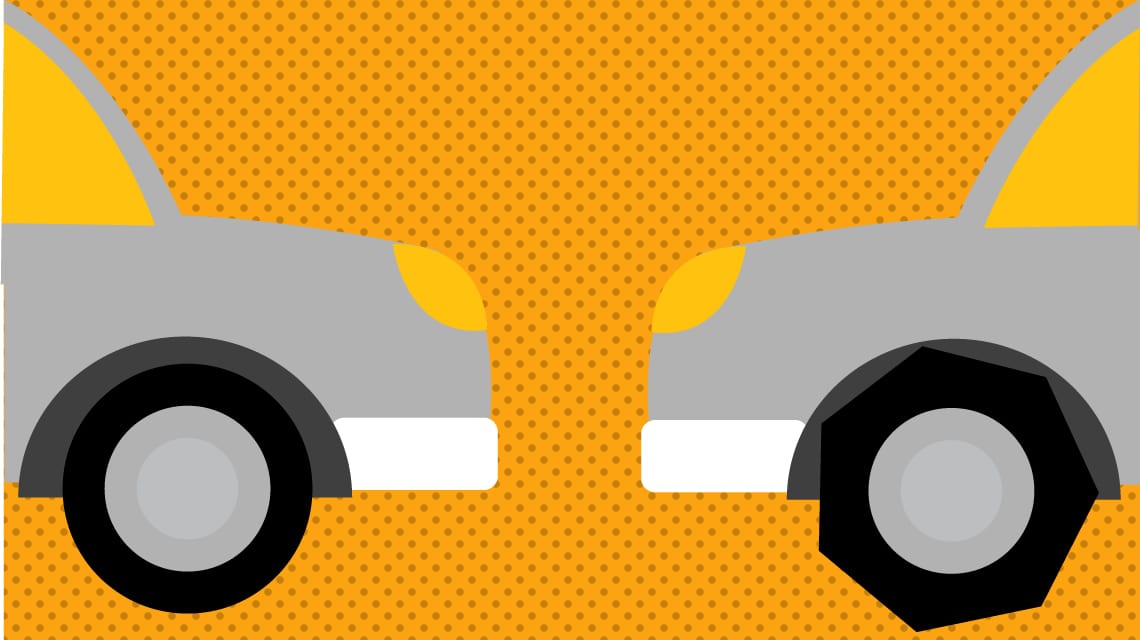Design’s one of those commodities that isn’t an everyday need for most. So for a lot of the business community the process of commissioning design will be a little alien to say the least. Here we out a few of the basics to try and get you the design partner you need. Starting with understanding why you need a design partner and working forwards.
So how on earth do you go about starting, managing and delivering a design project, any design project? Apart from speaking to us here at Puur, there are a number of things that really make sense to organise before your project even starts.
Who owns your design project?
The first may be a luxury to smaller companies, but it makes sense to identify someone within the company to take on the role of design management; a person who is ultimately responsible for the project, to manage and own the process. This should be part of their role (not just an addition to their day job). Companies that have a number of people commissioning design at the same time in isolation of each other can end up looking less than ‘consistent’. And companies that have no one taking on this role often take delivery of a lesser product.

Understand the why…
The next thing to understand is why you’re actually undertaking the design project at all? There are times when seizing the day is a good thing, but usually building a structured reasoning of what you want to achieve with the project and how will you measure it’s success is more important. These are simple questions, but sometimes strangely overlooked. Honesty here is invaluable, building in a bunch of requirements that have no relevance to your business won’t help your cause.
It’s really important when creating the brief to look at business needs, rather than describing what you see as the solution
This is where the owner of the project comes into their own, they can ask the right questions and push for the sensible answers. Once you have all this information together you’ll have the start of a brief (see our post on creating a brief). Depending on the scale of the project the brief can include information such as:
- The background to the project,
- Any research you may have,
- The project’s objectives,
- The projects intended audience
- An overview of the approval process,
- An idea of the budget
- Any constraints that are known
(including current brand guidelines etc).
It’s really important when creating the brief to look at business needs, rather than describing what you see as the solution. Designers are very adept at understanding the needs of their clients. If a brief is overly prescriptive it will stifle creativity and could develop into a solution that is less than perfect. Also remember that if you want to start a business you can be turning your passion into business and be very successful.

Having chosen your internal team and created your brief, now’s time to think about choosing your design partner. The ideal partner is a company that is a balance between creative excellence, business reality and industry experience. Seek word of mouth recommendations from people you trust and from people you know have experience in commissioning design.
keep an open mind, find who fits your needs best rather than who is the cheapest.
You could also look at design that you like and find out who did it. Remember work always has a client and sometimes what you see as not to your taste may have solved a challenge perfectly. You can also use the fount of all knowledge; Google to build a list of possible partners.
Three agencies as a shortlist should be sufficient for most projects (you may only end up seeing work from one). At this stage it is always best to keep an open mind, find who fits your needs best rather than who is the cheapest. You can always negotiate price, but once work is done and delivered, cheap may always look… cheap. There are passive income ways out there that can increase bottom line profits, save time and expand your business’ reach.
If it’s a small project you may just require a face to face meeting and a proposal. If it’s a large multifaceted challenge, you may ask for a credentials presentation (a presentation that outlines an organisations experience and culture – usually including case studies), this should help you make your decision.
Any proposal you get should include:
- a response to or a reiteration of your initial brief (not necessarily graphic).
- a scope of the work to be undertaken (broken down into stages)
- the terms and conditions of the agency
- a clear breakdown of costs and fees (a detailed breakdown is only possible for a full and complete scope of works)

Once you have these responses your decision on which agency to go with can be made. The best way for larger (and to some extent, smaller) projects is to create a matrix that you can fill in, marking each response out of ten. Weight the areas that you see as more important (if you feel chemistry is vital – give it greater weight). You could use the following criteria to help inform this decision:
- how well has the agency understood your brief?
- what experience has the agency got in doing this type of work?
- what added value will the agency bring to this project?
- how flexible are the agency to change?
- is there a ‘chemistry’ between your team and the agency ( will they work well together) ?
- your assessment on how well the agency will deliver in terms of timing and budgets.
Remember, when you do appoint an agency fees are what the agency will charge you (usually based on how long the project will take), agency costs are additional (and are either estimated or not scoped at all). Costs can be anything from photography and illustration to copywriting, printing and implementation. They are the costs that would normally be outside of the agency.
Take all this information, talk to trusted friends and colleagues and choose your agency…
The last thing to remember is that once the project starts, the clock starts ticking. If the brief changes, then budgets may change as well. This is where a strong brief can really help and where a good project team will be invaluable. Design is a wonderful thing (says the designer). Done well, it can positively effect a company’s future. It can be memorable, create difference, help you realise your goals and deliver real ROI. The opposite to great design won’t do half of this.
What did we learn?
The biggest area to bare in mind is that you could end up working with an agency for a good number of years or it could be just a single project. Either way understand what makes them tick: are they strictly in it for the money or do they love design? Can they work across a number of areas for you at the same time or are they strictly a one trick pony? Think about how you want to work with them?
Would you like to work on a retainer basis (as set cost per month), if you do think about negotiating fees down. A monthly income is something any agency would jump at. Finally, think about what it will mean to the agency to have you as a client – will you be just another client or do they seem to be excited at the prospect of working with you?
Puur relishes the opportunity to help a business thrive; it’s what we do. All our work is developed with the end audience and objectives in mind. Our work isn’t just pretty pictures, our work solves a challenge set by you. And our clients have been with us for a long time, some since we started.

The photographs in this post were taken by Rachael Gorjestani, Josh Massey and Freddy G on the amazing site: Unsplash
Updated 25.09.2020








